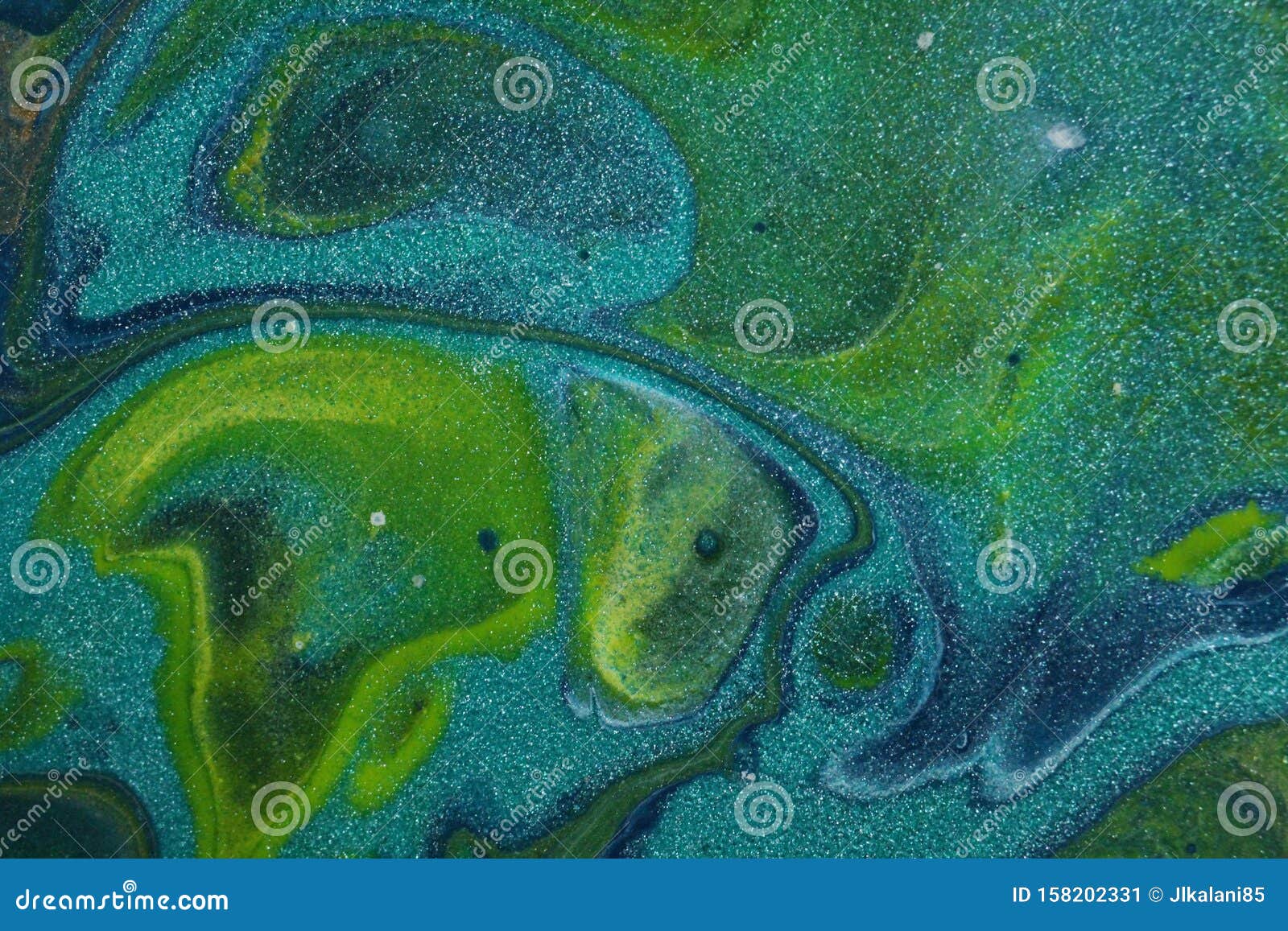


In some languages, most notably Māori kawa, the cognates have come to mean "bitter", "sour", or "acrid" to the taste. Cognates for *kava include Pohnpeian sa-kau Tongan, Niue, Rapa Nui, Tuamotuan, and Rarotongan kava Samoan and Marquesan ʻava and Hawaiian ʻawa. It originally referred to Zingiber zerumbet, which was used to make a similar mildly psychoactive bitter drink in Austronesian rituals. Īccording to Lynch (2002), the reconstructed Proto-Polynesian term for the plant, *kava, was derived from the Proto-Oceanic term *kawaRi in the sense of a "bitter root" or "potent root ". Consumption of kava is also believed to be the reason why betel chewing, ubiquitous elsewhere, was lost for Austronesians in Oceania. Kava reached Hawaii, but it is absent in New Zealand where it cannot grow. It is endemic to Oceania and is not found in other Austronesian groups. It was spread by the Austronesian Lapita culture after contact eastward into the rest of Polynesia. Kava originated in either New Guinea or Vanuatu by seafarers. Kava is conspecific with Piper wichmannii, indicating Kava was domesticated from Piper wichmannii (syn. See also: Domesticated plants and animals of Austronesia "Kava was well tolerated, and aside from more headaches reported in the kava group (P = 0.05), no other significant differences between groups occurred for any other adverse effects, nor for liver function tests." No liver injuries, however, were observed in multiple scientific studies. However, consumption of kava extracts produced with organic solvents, or excessive amounts of poor-quality kava products, may be linked to an increased risk of adverse health outcomes, including potential liver injury. Moderate consumption of kava in its traditional form, i.e., as a water-based suspension of kava roots, has been deemed to present an "acceptably low level of health risk" by the World Health Organization. A systematic review done by the British nonprofit Cochrane concluded it was likely to be more effective than placebo at treating short-term anxiety. Its active ingredients are called kavalactones. The root of the plant is used to produce a drink with sedative, anesthetic, and euphoriant properties. Kava can be used for medicinal purposes to treat anxiety. Kava is consumed for its sedating effects throughout the Pacific Ocean cultures of Polynesia, including Hawaii, Vanuatu, Melanesia, and some parts of Micronesia, such as. The name kava is from Tongan and Marquesan, meaning 'bitter' other names for kava include ʻawa ( Hawaiʻi), ʻava ( Samoa), yaqona or yagona ( Fiji), sakau ( Pohnpei), seka ( Kosrae), and malok or malogu (parts of Vanuatu). Kava or kava kava ( Piper methysticum: Latin 'pepper' and Latinized Greek 'intoxicating') is a crop of the Pacific Islands.


 0 kommentar(er)
0 kommentar(er)
